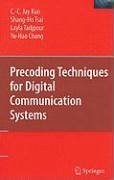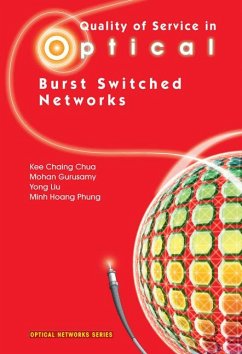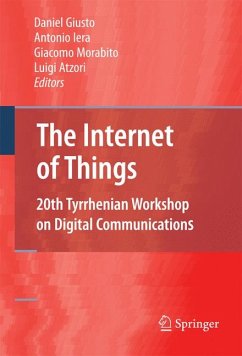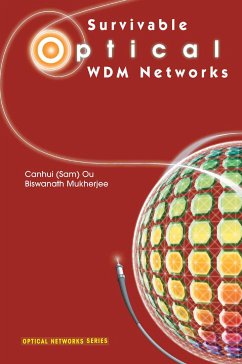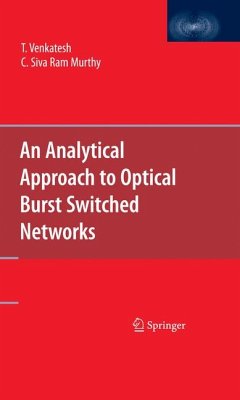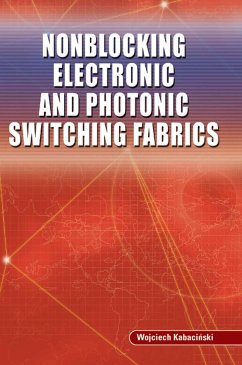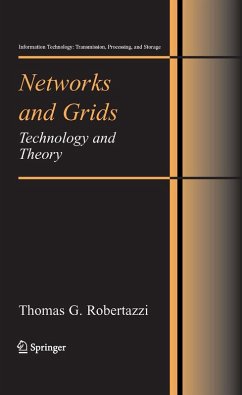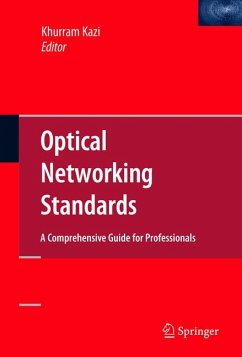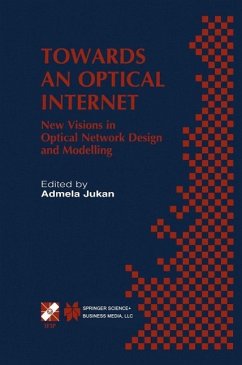Tarek S. El-Bawab, PhD, FIEEE was most recently the Dean of the School of Engineering and Professor of Electrical and Computer Engineering at the American University of Nigeria (AUN). Before this, he was Professor and Dean of Engineering and Applied Sciences at Nile University (Egypt), Professor of Electrical and Computer Engineering at Jackson State University (USA), and Project Manager with the Network Strategy Group (CTO organization) of Alcatel-Lucent USA (now Nokia). Before these positions, he assumed leading research roles with a number of organizations including: Alcatel (Alcatel-Lucent, now Nokia), the Department of Electrical and Computer Engineering at Colorado State University (USA), and the Department of Electronic Systems Engineering at University of Essex (UK). Earlier, he had led large-scale international telecommunication projects in the Middle East and Africa.
Dr. El-Bawab research interests include telecommunications, network architectures, opticalnetworks, wireless networks, performance analysis, and Discipline Based Education Research (DBER). He has more than 80 scholarly journal/conference papers and patents. His book Optical Switching is one of the most comprehensive references in its subject. He is an IEEE Fellow, Series Editor of Springer's Textbooks in Telecommunication and Network Engineering, the Editor in Chief of the IEEE Communications Magazine (2017-2021), member of Eta Kappa Nu (HKN), IEEE Distinguished Lecturer (2016-2019), and served as NSF Review Panelist.
Tarek led the Telecommunication Engineering Education (TEE) initiative and movement (2008-2014), which resulted in recognition of network/telecommunication engineering as distinct ABET-accreditable education discipline on November 1, 2014. He is the first recipient of the IEEE Communications Society's (ComSoc) Education Award for this work (2015). The citation of this award reads: "for outstanding contributions to the definition, and to the accreditation criteria, of modern communication/telecommunication engineering education; and for making changes to our education system that benefit our community, society, and the profession." He has served IEEE and the IEEE Communications Society (ComSoc) in numerous capacities: as Board Member of the IEEE Educational Activities Board (2016-2017), as Board Member of the IEEE PSPB Thesaurus Editorial Board (2021-2023), as Board Member of the ComSoc Board of Governors (2014-2015, 2018-2019, and 2020-2021), and Board Member of the ComSoc Educational Services Board (2012-2019). He served as the ComSoc Director of Industry Communities (2020-2021), Director for Standards Development (2018-2019) and Director of Conference Operations (2014-2015). He is a founding/active member of several ComSoc technical committees, and was elected Chair of the Transmission, Access, and Optical Systems (TAOS) Technical Committee for two terms. Tarek has served as symposium chair, workshopsChair, and organizer in several ICC/Globecom Conferences, and organized/chaired the ICC/Globecom International Workshop on Optical Networking Technologies (IWONT) for 10 years. He is also member of the IEEE Computer, Electron Devices, Photonics, and Education Societies. Dr. El-Bawab has B.Sc. in electrical engineering and B.A. in history, both from Ain Shams University, Cairo, Egypt. He holds M.Sc. in solid state science from the American University in Cairo, and M.Sc. in telecommunications and information systems from the University of Essex, UK. He obtained his Ph.D. in electrical engineering from Colorado State University.





